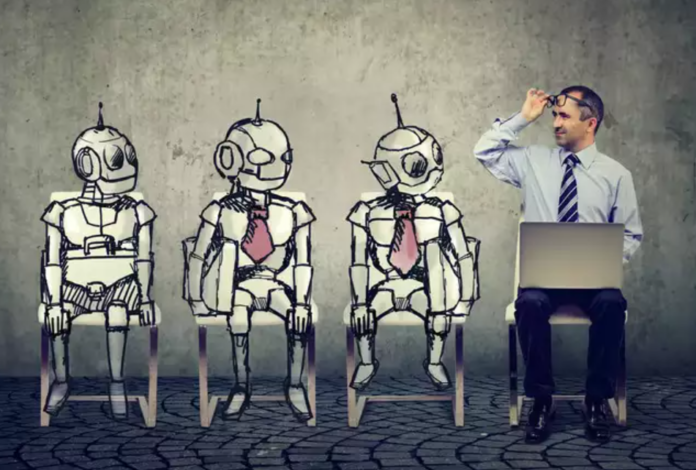In recent years, there has been an increasing interest in introducing robots into the workplace, with many people believing that these machines can help to improve productivity and efficiency. This trend has been particularly noticeable in office environments, where robots are seen as a way to automate repetitive tasks and free up human workers to focus on more complex and creative work.
Our good friend was worried and said we should get a puppy. The reality of robots in the workplace is coming fast. This reminds me of the time Bill Gates said that companies should be taxed for every robot they have. We’ve already seen robots serving food in restaurants. What’s next? Your job.
One of the key benefits of using robots in the office is that they can perform tasks that are too dangerous or too tedious for human workers. For example, they can be used to move heavy objects, clean floors and surfaces, or handle hazardous materials. This not only reduces the risk of injury or illness for human workers, but it also frees them up to focus on tasks that require more skill and intelligence.
Another advantage of using robots in the office is that they can work around the clock without needing breaks or rest periods. This means they can help speed up certain processes and improve overall efficiency. For example, a robot might be used to sort and file documents or perform data entry tasks without taking breaks for meals or sleep.
In addition to these practical benefits, many people are also drawn to the idea of working alongside robots because of the novelty factor. Robots are often seen as futuristic and high-tech, and having them in the workplace can help to create a sense of excitement and innovation. This can be particularly appealing to younger workers who have grown up with technology and are comfortable using it daily.
However, there are also some potential downsides to introducing robots into the workplace. For example, some workers may feel threatened by the presence of robots, particularly if they believe that their jobs are at risk of being automated. This can lead to feelings of anxiety and uncertainty, and may even lead to resistance or pushback from some employees.
Furthermore, there is a risk that relying too heavily on robots could lead to a loss of human skills and expertise. For example, if certain tasks are automated, it may become more difficult to find workers with the specific skills needed to perform those tasks manually. This could lead to a skills gap in the workforce, which could have long-term implications for the business as a whole.
Overall, there are both advantages and disadvantages to using robots in the office. While they can certainly help to improve efficiency and productivity, it is important to carefully consider the potential impact on human workers and to ensure that any automation is implemented in a way that is sensitive to their needs and concerns.



